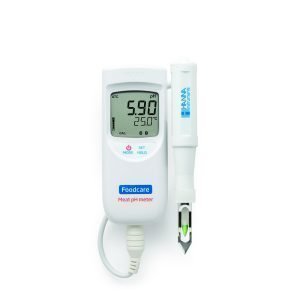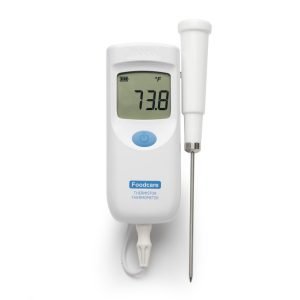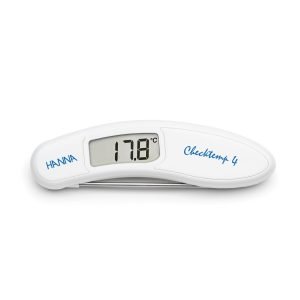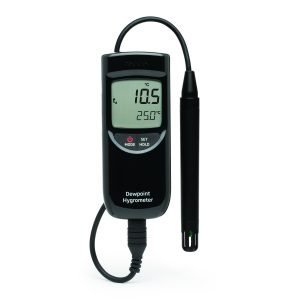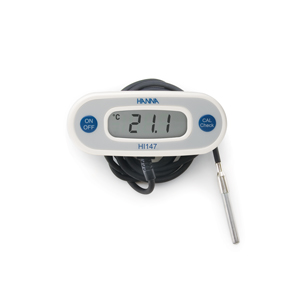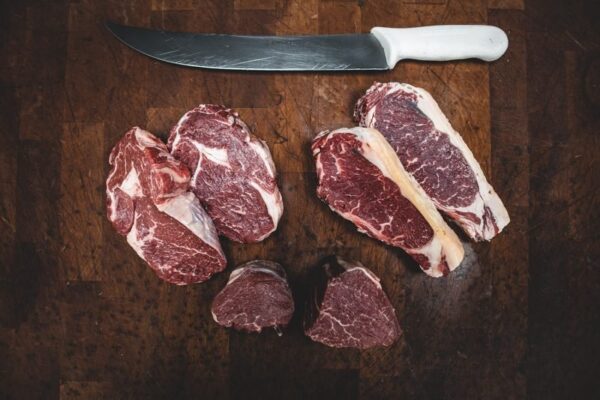
In our daily life meat is one of the most important grocery and the biggest source of proteins. In Croatia, the average person consumes 66,3 kg of meat per year, while in America 98,6 kg per year. Before we buy our meat at the buchers shop that meat goes through several processes.
After the slaughter of the animal, the parts are tranches depending on needs and then cooled on certain temperature. Fresh meat must have a pH value in the range of 5.5 to 6.2.
To measure pH value of the meat you can use Professional Portable Meat pH Meter – HI98163.
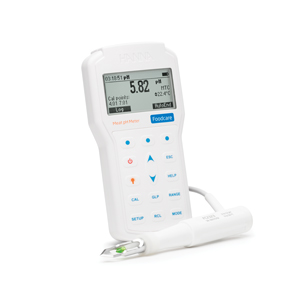
The HI98163 is a rugged, waterproof, Foodcare portable pH meter that measures pH and temperature using the specialized FC2323 meat pH electrode with a stainless steel piercing blade. This professional, waterproof meter complies with IP67 standards. The HI98163 is supplied with all necessary accessories to perform a
pH/temperature measurement packaged into a durable thermoformed carrying case that holds the meters, probes and calibration buffers securely in place.
Or you can use Portable Meat pH Meter – HI99163.
The HI99163 is a portable Foodcare pH/temperature meter specially designed for the meat processing industry. Automatic calibration is performed at one or two points with two sets of buffers. All calibration and measurement readings are automatically compensated for temperature variations.
The HI99163 uses the PVDF body FC2323 amplified pH electrode that offers numerous features to improve pH testing for meat processors. The probe comes with the FC099 removable stainless steel blade to help users perform non-intrusive measurements of meat products, inside and out. The free diffusion junction helps to avoid a clogged reference and the external body material is non-toxic and food compatible.
When we talk about cooling of the meat, that process is necessary to slow down the meat degradation (2 to 3 times for every 10°C). Cooling of the meat depends on:
- relative humidity and cooling air temperature
- relative humidity and temperature of meat
- cooling air flow rate
For measured temperature of the meat use Foodcare Thermistor Thermometer -HI93501
Designed with user functionality and performance in mind, the HI93501 is a waterproof thermistor thermometer that measures temperature from -50.0 to 150.0°C (-58.0 to 302.0°F). The included batteries provide up to 4500 hours of continuous use. CAL Check™ and the Battery Error Prevention System (BEPS) ensure the highest level of accuracy and confidence. The probe is replaceable and works with an assortment of specialized probes. This meter can be certified as traceable to NIST standards upon request.
If you like easier handling then this is for you Checktemp® 4 Folding Thermometer -HI151
The HI151 Checktemp® 4 is a folding thermistor thermometer that can measure temperature up to 300 °C (572 °F). These thermometers offer many advanced features including CAL-Check for an internal verification of the electronics and a motion sensor which eliminates the need of closing and reopening the probe when the meter enters a power saving mode. The Checktemp 4 is available in six different colors which can be assigned to different products to avoid cross contamination in the restaurant, kitchen or production facility.
Since relative humidity is important parameter for cooling meat you shoud use Thermohygrometer with Dewpoint – HI9565
HI9565 is a portable thermohygrometer designed to provide peak performance in harsh environments. Measurements of temperature, relative humidity, and dew point are made easy with the rugged, water-resistant housing of the meter and durable casing of the HI706023 probe. HI9565 features a programmable auto-off function after 8 or 60 minutes, temperature readings in both Celsius and Fahrenheit, and dew point determination.
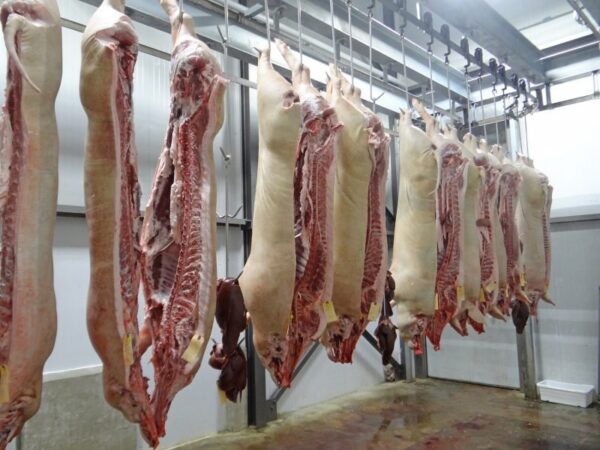
Considering freezing of the meat, common freezing temperatures lead to (mostly) reversible anabiosis of microorganisms, which is why most of the surviving microorganisms begin to multiply immediately after the onset of favorable conditions.
The quality of frozen meat depends on the speed of freezing, and on the size and position of the ice crystals that form . Freezing preserves the most nutritious ingredients of meat.
The meat begins to freeze at -1.5°C, and at -2.5°C about half of the water in the meat is in the frozen state.
At a temperature between 0°C and -5°C the ice fraction in meat is about 74%, at -10°C 83%, at -20°C 88%, while at -40°C the meat is almost completely frozen.
During storage and transport, the meat is frozen and stored at -18° C. The lower the storage temperature, the greater the viability of the meat and the lower the losses.
You should use Checkfridge Remote Sensor Thermometer -HI147 to monitor the temperatures of your refrigerators.
The HI147 is a remote temperature sensor ideal for monitoring in food care environments. It contains magnets for easy placement on a metal surface and delivers high accuracy measurements over a wide temperature range.
For recording temperature data and making logging easier there is Hanna solution Temperature Datalogger -HI148.
The HI148 is housed in a rugged waterproof ABS casing with an IP67 rating which protects against the ingress of dust and submersion in water at a depth of 1 meter for up to 30
minutes. The HI148 temperature dataloggers are available in four different models. Models are available with one or two channels with a combination of internal and/or external sensors. Loggers with an external temperature sensor feature a stainless steel probe on a 1 m (3.3’) flexible silicone cable. The thermologgers feature extensive memory capacity: 16,000 samples for 1-channel models and 8,000 samples/channel for 2-channel models.

